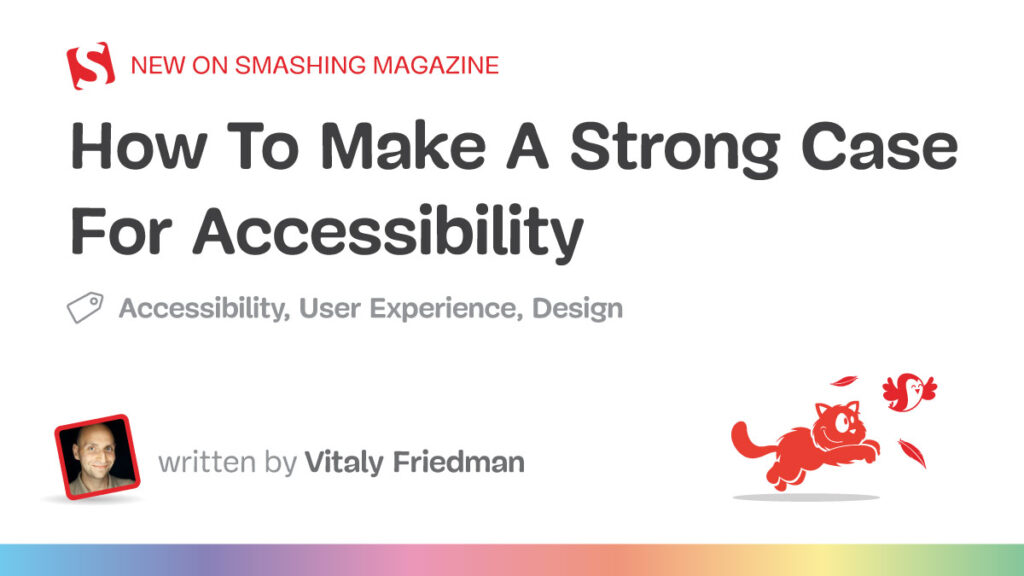Chrome began the 12 months passing 88.2% of checks within the accessibility focus space
of Interop 2024. In June 2024 we have been first to
attain 100% of checks passing. This publish explains the work that occurred to achieve
this aim.
What’s included within the accessibility focus space?
As with each focus space in Interop 2024, the accessibility space is outlined by a
set of net platform checks for chosen options. The checks in Interop 2024 purpose
to make sure all browsers create accessible names and computed roles in the identical
manner.
Accessible names convey the aim or intent of an HTML component. This helps
customers perceive what the component is for and the way they will work together with it. The
accname specification defines how browsers
create this accessible title string for a component. The ARIA specification
includes a walkthrough of how this name is
calculated.
The computed position of a component is a string that represents the position of the
component as computed by the browser engine. That is used primarily in developer
instruments and, for instance, within the WebDriver perform getComputedRole, enabling
interoperability testing.
What did the Chrome crew have to do?
There have been two bigger areas of labor that we wanted to finish—altering mapping
of roles to generic roles and eradicating deprecated roles. Then there have been some
further smaller fixes and options to implement. Along with the next
work that the Chrome crew accomplished, we additionally collaborated with Microsoft on
fixes they have been committing to Chromium for the accessibility focus space.
Change mapping for sure roles to a generic position
Altering a mapping to generic position removes accessibility semantics from an
component. Generic parts do not present worth to an accessibility tree, so that they
aren’t included within the tree. This helps with efficiency and makes the tree
smaller and simpler to parse for assistive expertise. The next roles are
modified to a generic position.
- A
or a sectioning content material component (
- A
or a
sectioning content material component ( - An
or - A
- Orphaned checklist gadgets (
For the primary 4 bullet factors, sometimes these parts are mapped to
landmark roles.
Having two many landmarks on a web page could make it more durable to navigate, so this
change helps scale back redundant landmarks making the web page simpler to navigate. The
closing merchandise sometimes signifies a mistake by the web page developer, an inventory merchandise
ought to all the time be inside an inventory, due to this fact an orphaned merchandise is given a generic
position.
Take away a deprecated position
We deprecated the listing position, and mapped it to the checklist position. ARIA
1.2 deprecates the listing
position. The specification explains that it’s equal to the checklist position, and
the builders ought to use checklist. As a way to keep the semantics of older
content material that makes use of listing, it is now mapped to checklist in Chrome.
Different fixes
We added assist for the
gridcell
position. This new position makes the excellence between gridcell and
cell
extra clear. A gridcell is focusable, editable, and selectable, not like cell.
We added fallback position calculation. Beforehand, we didn’t verify for fallback
roles so if the primary position was not legitimate, we used one other position, which isn’t
what’s detailed
in the specification.
Some roles are solely legitimate if they’re within the appropriate context, we added a verify
for invalid use of roles, as follows:
- The
rowposition ought to be insidedesk,grid,rowgroup, ortreegrid. - The
rowgroupposition ought to be insidedesk,grid,tree, ortreegrid. - The
listitemposition ought to be insidechecklist.
If the position is invalid Chrome now makes use of different info, such because the HTML
component, to compute another position.
We marked thead and tfooter as included within the accessibility tree.
Beforehand they have been marked as ignored, however have been nonetheless included within the tree. Now
desk header and desk footers might be parsed by assistive applied sciences.
Whereas these adjustments will not be seen to most builders, with all browsers
working to make sure these items work in the identical manner, we make sure that totally different
roles are uncovered in the identical manner all over the place.



